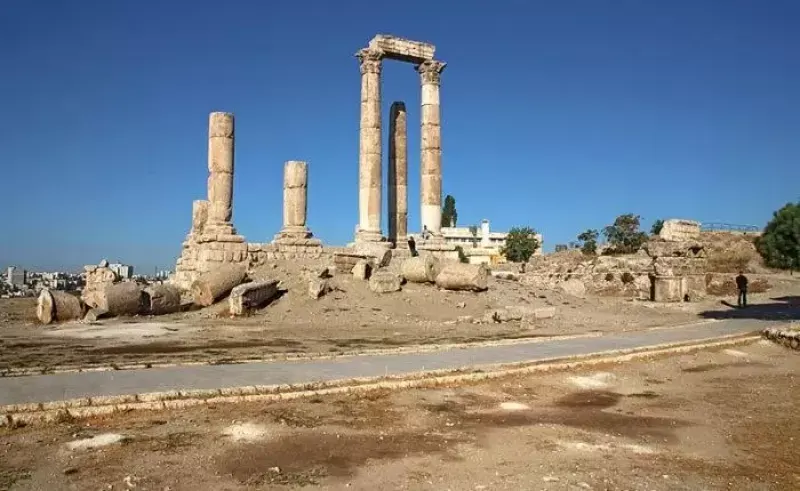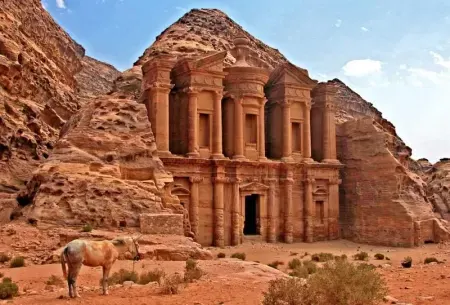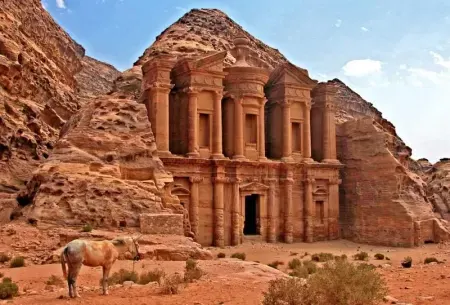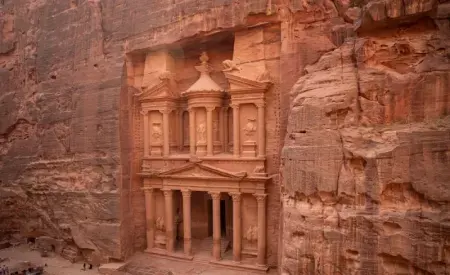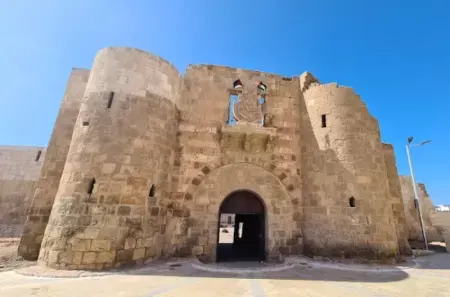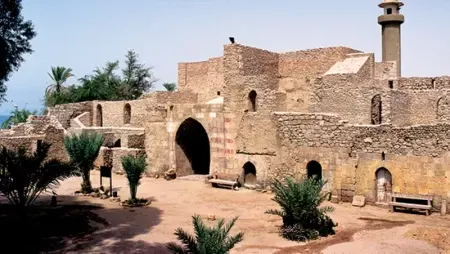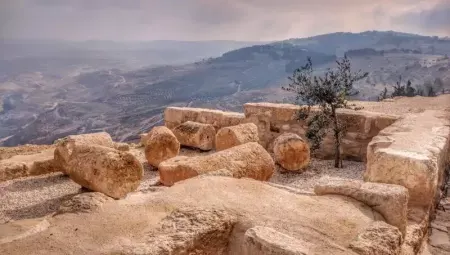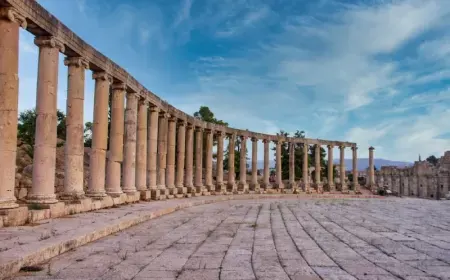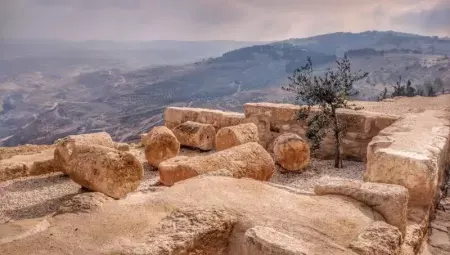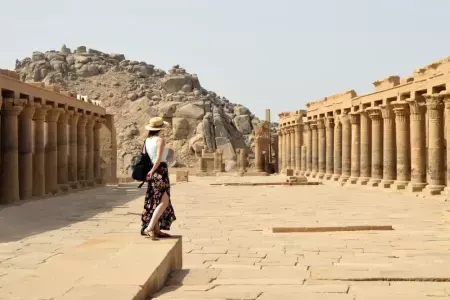Amman, the capital of Jordan, is a city where modernity meets ancient history. It’s a bustling metropolis that still holds onto its rich cultural heritage, offering visitors a blend of experiences, from ancient ruins to lively markets and sophisticated cafes. Whether you're an explorer drawn to history or a traveler seeking the pulse of modern Middle Eastern life, Amman is the perfect starting point for any Jordanian adventure.
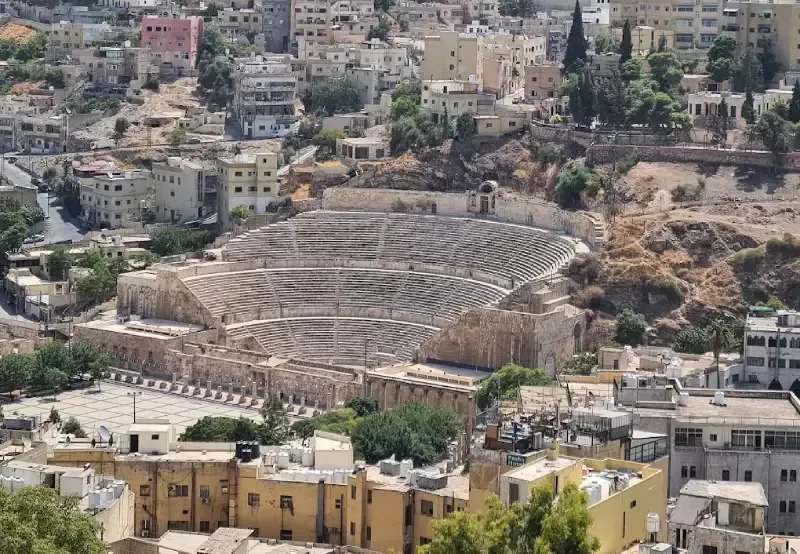
The Historical Charm of Amman
While Amman today is a thriving, modern city, its roots are deeply embedded in history. Originally called "Rabbath Ammon," Amman has been continuously inhabited for over 7,000 years. Its historical significance is evident in many of the city's ancient sites that attract visitors from around the globe.
The Citadel
One of the most iconic historical sites in Amman is the Amman Citadel, located on Jabal al-Qala’a, one of the city's seven hills. The Citadel offers a magnificent view of the sprawling city below, but it’s the historical treasures within that are truly awe-inspiring. The site includes the remains of the Temple of Hercules, which dates back to the Roman era, and the Umayyad Palace, an 8th-century structure that speaks to the city’s Islamic heritage. Visitors can also explore the Jordan Archaeological Museum, which houses artifacts from the Citadel and across Jordan, giving a deep dive into the country’s history.
The Roman Theatre
At the foot of the Citadel lies the Roman Theatre, a well-preserved structure that dates back to the 2nd century AD. Built during the reign of Emperor Antonius Pius, it could seat up to 6,000 people and is still used today for cultural events and performances. Visiting the theatre is like stepping back in time, as it serves as a reminder of the Roman influence in this part of the world.
Downtown Amman
The heart of Amman is its bustling downtown, known locally as "Al-Balad." Here, the past meets the present in a chaotic but charming way. The streets are lined with shops selling everything from spices to clothing, while the scent of roasted nuts and falafel fills the air. It’s a sensory overload in the best possible way, and no visit to Amman is complete without exploring this area. Don’t forget to stop by the souks (markets) for traditional handicrafts, jewelry, and souvenirs.
Amman’s Modern Appeal
While Amman is deeply rooted in history, it’s also a rapidly modernizing city. The contrast between the ancient ruins and modern developments is part of what makes Amman so unique. The city’s western neighborhoods, like Abdoun and Sweifieh, are home to luxury malls, five-star hotels, trendy cafes, and fine dining restaurants. These areas showcase the more contemporary side of Amman, where you’ll find Jordan’s well-heeled residents enjoying the cosmopolitan lifestyle.
1. Rainbow Street
Rainbow Street, located in the historic Jabal Amman neighborhood, is one of the most popular areas for both locals and tourists. Lined with cafes, galleries, shops, and restaurants, this vibrant street comes alive in the evenings. It’s a great place to take a leisurely stroll, grab a coffee, or enjoy dinner at one of the many trendy eateries offering a mix of Jordanian and international cuisine. The street also hosts regular events like street fairs and cultural performances, adding to its lively atmosphere.
2. The Abdali Boulevard
Amman’s modernity is best showcased in Abdali, the new downtown district. Known as the "Abdali Project," this area is a symbol of Jordan’s push toward urban development. The Abdali Boulevard is a pedestrian-friendly area lined with upscale shops, cafes, and office buildings. It’s a sleek, modern contrast to the historic downtown and is a popular spot for business travelers and tourists alike.
Culinary Delights of Amman
No visit to Amman is complete without indulging in the city’s vibrant food scene. Jordanian cuisine is a delicious mix of Levantine and Bedouin influences, with dishes that are rich in flavor and deeply rooted in tradition.
1. Mansaf: The National Dish
Mansaf is the national dish of Jordan and a must-try for any visitor. It’s a hearty dish made from lamb cooked in a fermented yogurt sauce called "jameed" and served over a bed of rice. Traditionally, Mansaf is eaten with the hands, and it’s often served during celebrations and special occasions.
2. Street Food
Amman is also a great place to enjoy street food. Shawarma, falafel, and hummus are popular staples, and you’ll find countless small eateries and vendors serving these dishes throughout the city. Hashem Restaurant, located downtown, is one of the most famous places for falafel and hummus, attracting locals and tourists alike.
3. Sweets and Desserts
For those with a sweet tooth, Amman has plenty to offer. Try knafeh, a delicious dessert made with layers of shredded phyllo dough and sweet cheese, topped with sugar syrup. Another popular treat is baklava, a pastry filled with nuts and soaked in honey.
Day Trips from Amman
Amman’s central location makes it an ideal base for exploring the rest of Jordan. Whether you’re interested in ancient ruins, stunning landscapes, or religious sites, there are plenty of day trips that you can take from the capital.
Jerash
Located about an hour’s drive from Amman, Jerash is home to some of the best-preserved Roman ruins in the world. The city’s colonnaded streets, temples, and amphitheaters give visitors a glimpse into Jordan’s Roman past.
The Dead Sea
The Dead Sea is another must-visit destination that’s just a short drive from Amman. Known for its incredibly salty waters and therapeutic mud, it’s the perfect place to relax and float on the water.
Mount Nebo
For those interested in biblical history, a trip to Mount Nebo is essential. This site is believed to be the place where Moses saw the Promised Land before he died. From the summit, you can enjoy stunning views of the Jordan Valley and even catch a glimpse of Jerusalem on a clear day.
Practical Tips for Visiting Amman
- Currency: The local currency is the Jordanian Dinar (JOD), and it’s easy to find ATMs in the city.
- Language: Arabic is the official language, but English is widely spoken, especially in tourist areas.
- Transportation: Taxis are the most common form of transportation in Amman, and Uber and Careem are also available.
- Weather: Summers can be very hot, while winters can be quite cold, especially at night. Spring and autumn are the best times to visit.
Conclusion
Amman is a city that has something for everyone. From its ancient ruins and vibrant souks to its modern cafes and luxury shopping districts, it’s a place where old and new coexist harmoniously. Whether you’re wandering through the Roman Theatre, savoring a meal at a local restaurant, or simply enjoying the city’s warm hospitality, Amman offers a unique and enriching experience that will leave a lasting impression on any traveler. So, pack your bags and get ready to explore the fascinating capital of Jordan!
